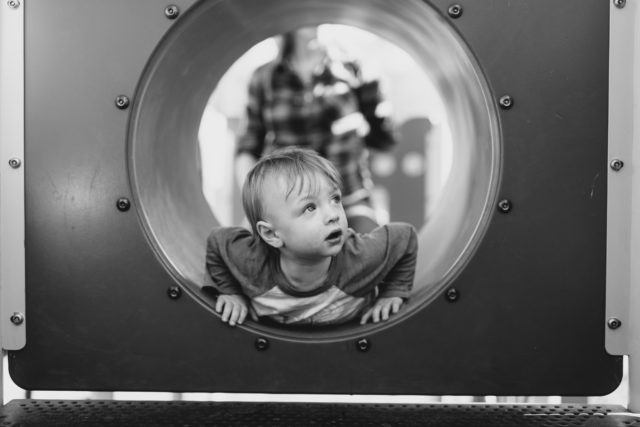The Impact of Curiosity

When there is curiosity there is learning. You want to find out where your friend buys that amazing birthday cake so you make efforts to find out. Your little child wants to know how to open the drawers so she stands there to play with the drawers and figure it out.
And, a student of mine who wanted me to teach more Chinese characters to the class so he brought his brother’s Japanese homework to me. He also explained to me that I could find something similar to that stack of papers and add them to the upcoming classes. He was so curious about the new language and he wanted to learn more.
Curiosity is a desire to know and a desire to learn. When kids have curiosity they want to learn. It is self-motivated learning. What parents can do is to feed that curiosity with books, toys, experiences, and resources that can expand the child’s knowledge.
The impact of curiosity in learning can be infinite. But, sometimes kids lose curiosity. Why?
Learning colors by repeating and drilling is quite different from learning colors with hidden colorful fruit and word cards. The former activity is like data entry. The latter creates curiosity. It is playful in the native language and the target language.
Nurturing your child’s curiosity, following her interests, and exploring different perspectives in target language learning.
When high school students are excited about the upcoming local election it is time for some election-related expressions that they can use. For the little ones, a simple STEM project, baking soda, and vinegar volcano can introduce colors, ingredients, chemistry reactions, and volcano! After seeing the volcano, they will talk about it for the next few days. That would be a great opportunity for more target language engagement.
What is your child curious about at this time? What’s a project you can use to engage her for the topic in the target language this weekend?
Tips for Teach your child a foreign language Series
Image by Justin Peterson
The Impact of Curiosity